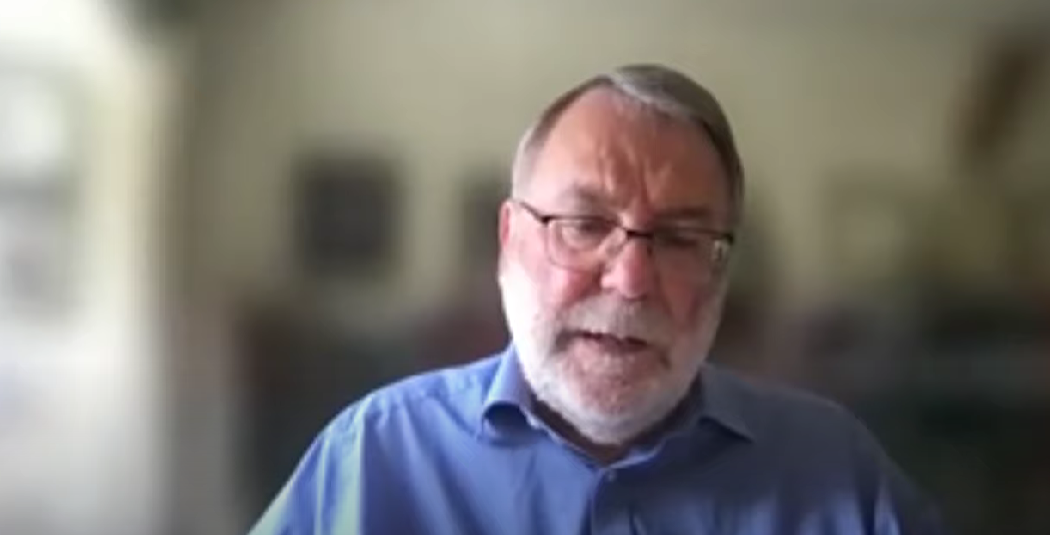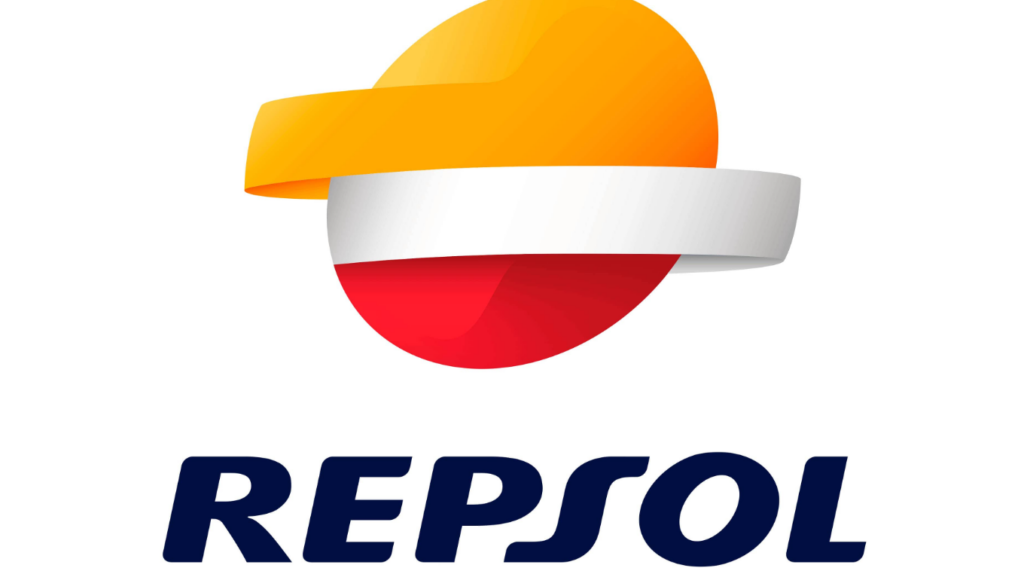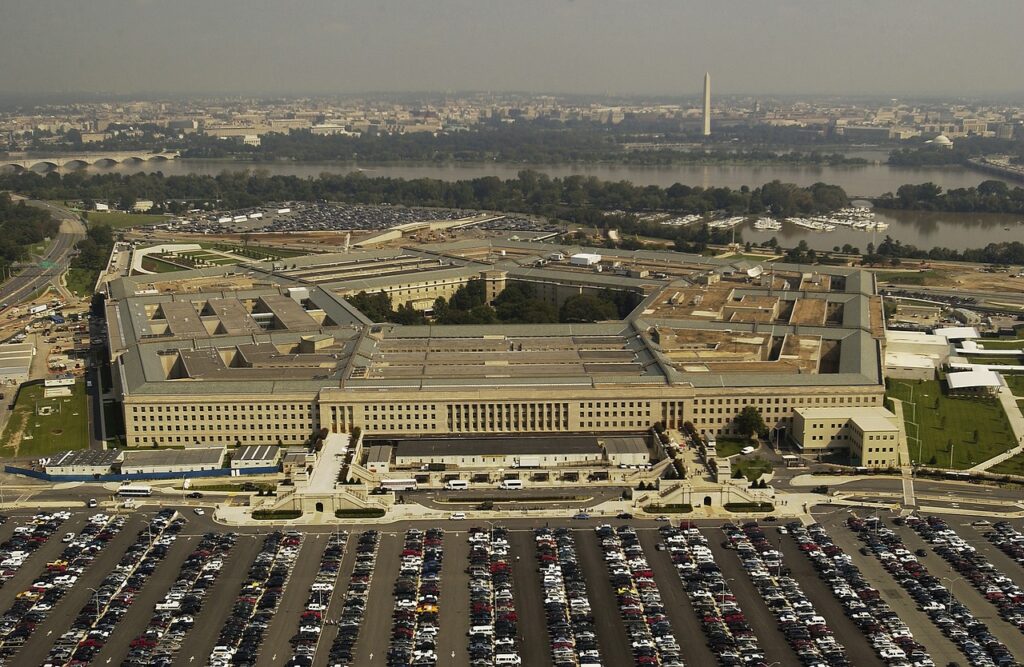Sir Peter Knight, a British scientist specializing in quantum optics and holding the position of a professor, as well as serving as a senior research examiner at Imperial College London, engaged in a conversation with Archives of IT, a virtual repository that encompasses a wide array of multimedia and dialogues featuring prominent individuals affiliated with the IT and Telecommunications sector in the United Kingdom.
Renowned for his theoretical explorations in the realm of physics, Sir Peter has garnered a plethora of accolades. Following the completion of his doctoral studies at Sussex University, he veered away from practical experimentation, a shift prompted by the institution’s multifaceted approach. Collaborative endeavours with pioneers in laser innovation and alternative optical mechanisms marked his tenure in the United States between 1972 and 1976. Upon his return to the United Kingdom, he swiftly forged an enduring affiliation with Imperial College, a bond that would span his lifetime.
Sir Peter remains perturbed by the schism that Brexit has engendered between scientific communities in Europe and the UK. Having assumed the mantle of a visiting professor and erudite scholar at two continental universities, he maintains a sagacious role in governmental consultations on defence technology. As the inaugural chief scientific advisor to the UK National Physical Laboratory, his counsel has proved invaluable. Furthermore, his peripatetic challenges continue to traverse the globe, enriching the trajectory of optical physics development on an international scale.
With intelligence and from a judicious standpoint, Sir Peter posited that the advent of a formidable quantum computer lies approximately a decade hence. This impending innovation allows for a complete overhaul of the Internet’s architecture, essential given its susceptibility to the newfound potency of quantum computation, capable of dismantling prevailing security paradigms. Pioneering strides in quantum computing have already borne fruit in the form of cutting-edge sensors, pivotal in the domain of medical diagnostics. Beyond this, the potential of such a quantum computer augments the computational prowess requisite for an array of AI applications.
Acknowledgment of Sir Peter’s remarkable contributions culminated in his knighthood during the Queen’s 2005 Birthday Honours, a testament to his profound impact on the scientific realm and the quantum frontier.

During the interview, Sir Peter talked about his early life with computers, his education and his career, but the most important thing for our readership was what he had to say about quantum computers, discussing the intricate world of this technology and the fascinating potential it holds.
Sir Peter emphasized the remarkable delicacy of these quantum states, which can be disrupted by even the slightest interaction with the environment. This phenomenon, known as the “decoherence problem,” presents a formidable challenge for quantum technology. Yet, he intriguingly pointed out that this very fragility could be harnessed to create powerful quantum sensors, offering innovative solutions to real-world problems.
Quantum for Medical Diagnostics
“The ability to sense the outside world is what you want in a sensor,” Sir Peter explained, highlighting the emergence of quantum sensors capable of detecting gravitational fields and revolutionizing infrastructure mapping. He painted a vivid picture of how these advancements could significantly enhance urban planning, reducing the occurrence of misplaced excavations and streamlining construction projects.
The conversation then delved into the realm of medical diagnostics, where Sir Peter’s insights illuminated groundbreaking possibilities. He introduced the concept of magnetoencephalography, a method for measuring magnetic fields from the brain, and how quantum technology is poised to reshape this field. With the development of quantum sensors housed in a wearable helmet, patients, including children, could undergo brain imaging without the need for sedation, transforming healthcare practices.
Sir Peter’s enthusiasm was palpable as he discussed the burgeoning success of Cerca Magnetics, a startup company he mentioned, which has effectively translated quantum technology into practical medical applications. Their collaboration with institutions like Great Ormond Street and SickKids is a testament to the tangible impact of quantum innovations in the medical arena.
“You can imagine a situation where the ability to measure magnetic fields from the brain is really straightforward. That’s called magnetoencephalography. If you tried to do that sort of brain imaging, you currently get shoved into one of these big superconducting surround that is deeply scary, but what our quantum programme, led by this wonderful group in Nottingham, can do is to replace all that stuff by a thing that looks like a cycle helmet. The little sensors sit in the cycle helmet and once you’re in the shielded room, you can move around. That’s hugely important if you’re trying to diagnose children, because you can’t easily put a child into one of these big superconducting devices unless you sedate them. This has already generated a new product and a new company called Cerca Magnetics. They’re the only one of our start-up companies I believe that’s turning a profit at the moment. They are selling machines to Great Ormond Street and to SickKids in Toronto and so on, and it’s being used by surgeons treating juvenile epilepsy.”
— Sir Peter Knight
Transitioning to the technical aspects of quantum computing, Sir Peter elaborated on the pursuit of noise reduction and fabrication precision to achieve fault-tolerant quantum machines. He elucidated the contrast between classical machines, known for their robust error correction mechanisms, and current quantum devices, which are still in the early stages of development. Notably, he expressed optimism about the evolution of quantum bits, drawing parallels to Moore’s Law, and anticipated a significant machine within the next decade.
Internet Security
Sir Peter’s insights also extended to the domain of internet security, where the looming threat of quantum attacks has necessitated a paradigm shift. He explained the vulnerability of encryption protocols to Shor’s algorithm, which could potentially compromise the security of the entire digital infrastructure. Urgent efforts are underway to establish quantum-resistant architecture and ensure sectors relying on digital security are well-prepared for the quantum era.
“People often talk about the fact that a quantum machine will undermine our entire internet security, because our encryption protocols wholly dependent on the inability of a classical machine to conquer what’s technically a hard problem which is factoring. But checking you’ve got the right answer is dead, easy, it’s called multiplication, and it’s only polynomially dependent. But the factoring is exponentially dependent on the size of the problem. A quantum machine changes all that, because of Shor’s algorithm, which shows that you can, with a quantum machine, turn what was an exponentially demanding problem into a polynomially demanding problem. For example, within about ten years we have to assume that everything that we use to secure the internet has to be replaced by something which is immune to a quantum attack.”
— Sir Peter Knight
Reflecting on the broader landscape, Sir Peter highlighted the multi-faceted approach required for quantum readiness. From engineering resilient systems to fostering collaboration with sectors such as banking and data centers, he emphasized the importance of a comprehensive quantum readiness program. Through meticulous testing and coordination, the quantum community aims to fortify our digital world against the imminent quantum challenges.
In conclusion, Sir Peter Knight’s insights into the quantum realm offered a captivating glimpse into a future enriched by quantum sensors, advanced medical diagnostics, and fortified digital security. His profound understanding of quantum intricacies, coupled with his visionary perspective, showcased the profound impact that quantum technology is poised to deliver in the coming years.
Featured image: Credit: Archives of IT
If you found this article to be informative, you can explore more current quantum news here, exclusives, interviews, and podcasts.



















